Statistics for Business & Economics, International Edition, 12th Edition – Test Bank
CHAPTER 4—INTRODUCTION TO PROBABILITY
MULTIPLE CHOICE
1.Each individual outcome of an experiment is called
|
a. |
the sample space |
|
b. |
a sample point |
|
c. |
an experiment |
|
d. |
an individual |
ANS:BPTS:1TOP:Probability Concepts
2.The collection of all possible sample points in an experiment is
|
a. |
the sample space |
|
b. |
a sample point |
|
c. |
an experiment |
|
d. |
the population |
ANS:APTS:1TOP:Probability Concepts
3.A graphical method of representing the sample points of an experiment is
|
a. |
a frequency polygon |
|
b. |
a histogram |
|
c. |
an ogive |
|
d. |
a tree diagram |
ANS:DPTS:1TOP:Probability Concepts
4.An experiment consists of selecting a student body president and vice president. All undergraduate students (freshmen through seniors) are eligible for these offices. How many sample points (possible outcomes as to the classifications) exist?
|
a. |
4 |
|
b. |
16 |
|
c. |
8 |
|
d. |
32 |
ANS:BPTS:1TOP:Probability Concepts
5.Any process that generates well-defined outcomes is
|
a. |
an event |
|
b. |
an experiment |
|
c. |
a sample point |
|
d. |
a sample space |
ANS:BPTS:1TOP:Probability Concepts
6.The sample space refers to
|
a. |
any particular experimental outcome |
|
b. |
the sample size minus one |
|
c. |
the set of all possible experimental outcomes |
|
d. |
an event |
ANS:CPTS:1TOP:Probability Concepts
7.In statistical experiments, each time the experiment is repeated
|
a. |
the same outcome must occur |
|
b. |
the same outcome can not occur again |
|
c. |
a different outcome may occur |
|
d. |
a different out come must occur |
ANS:CPTS:1TOP:Probability Concepts
8.When the assumption of equally likely outcomes is used to assign probability values, the method used to assign probabilities is referred to as the
|
a. |
relative frequency method |
|
b. |
subjective method |
|
c. |
probability method |
|
d. |
classical method |
ANS:DPTS:1TOP:Probability Concepts
9.The counting rule that is used for counting the number of experimental outcomes when n objects are selected from a set of N objects where order of selection is not important is called
|
a. |
permutation |
|
b. |
combination |
|
c. |
multiple step experiment |
|
d. |
None of these alternatives is correct. |
ANS:BPTS:1TOP:Probability Concepts

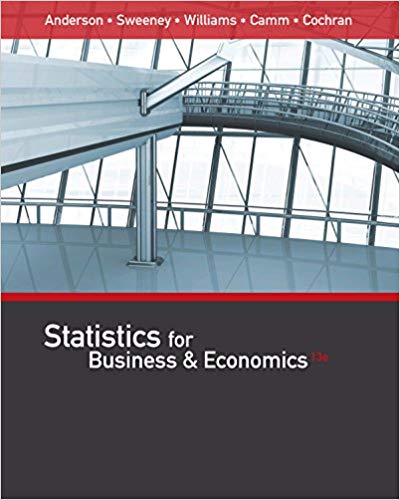

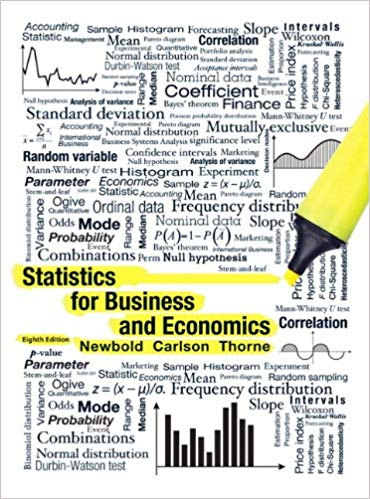


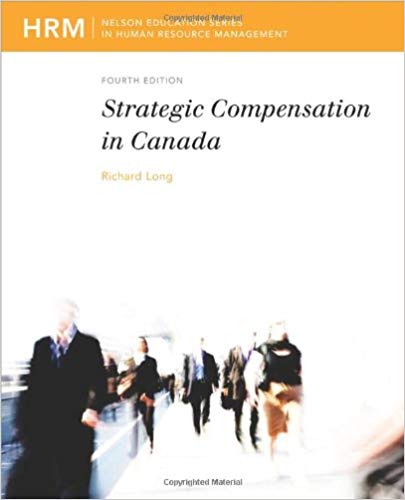

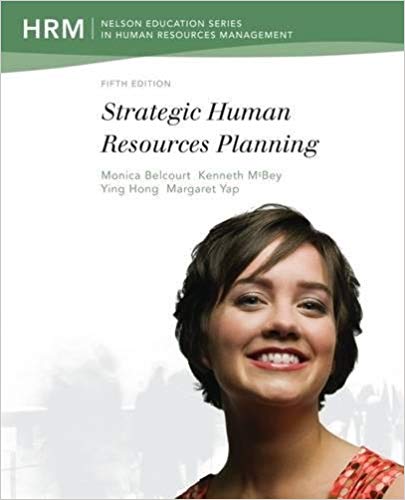
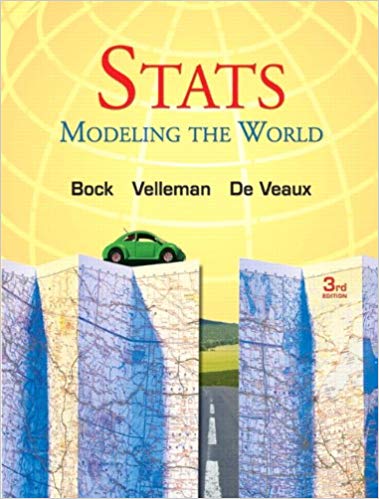
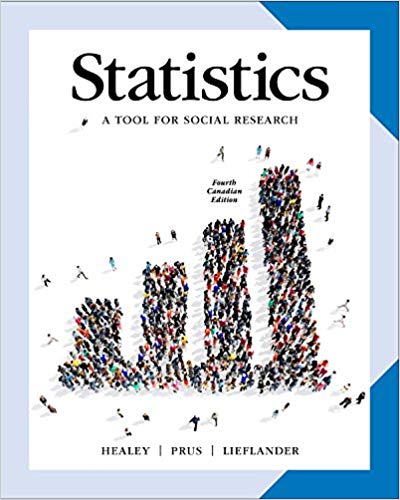
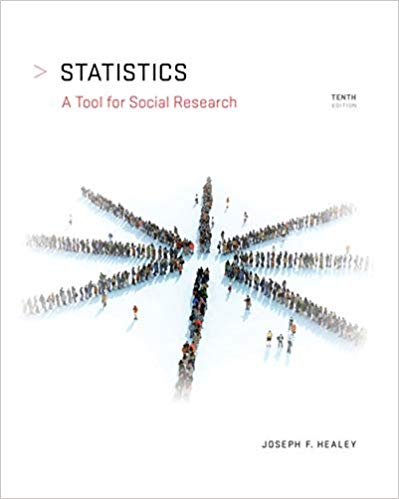

Reviews
There are no reviews yet.